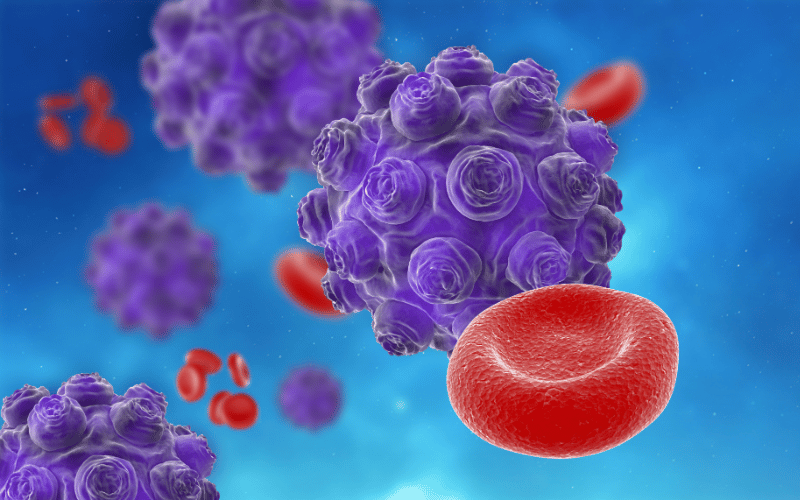Cause 7: Infected Individuals Before Symptoms Show

One of the most deceptive aspects of measles is the period between exposure to the virus and the appearance of symptoms. Often termed the incubation period, this is when the virus is silently multiplying inside the host.
During the latter stages of the incubation period, individuals can become contagious even before they show any overt signs of the disease. This can be particularly problematic because these individuals, unaware that they are infected, continue their daily routines, potentially spreading the virus to others.
This symptom-free window usually lasts around 10 to 12 days post-exposure. It’s not until the end of this period that the initial signs, like fever, cough, and runny nose, begin to manifest. By then, an infected person might have already come into contact with many others, especially in crowded settings.
Identifying potential cases early can be tricky due to this delay in symptom onset. This underscores the importance of vaccination as a preventative measure. With a robust immunization campaign, even if a few cases do occur, the chances of them leading to an outbreak are minimized.
It becomes imperative for individuals to be conscious of their health and any changes they might feel, even if minor. Reporting early signs, practicing good hygiene, and isolating oneself if feeling unwell, even without a clear diagnosis, can go a long way in curbing the spread. (7)